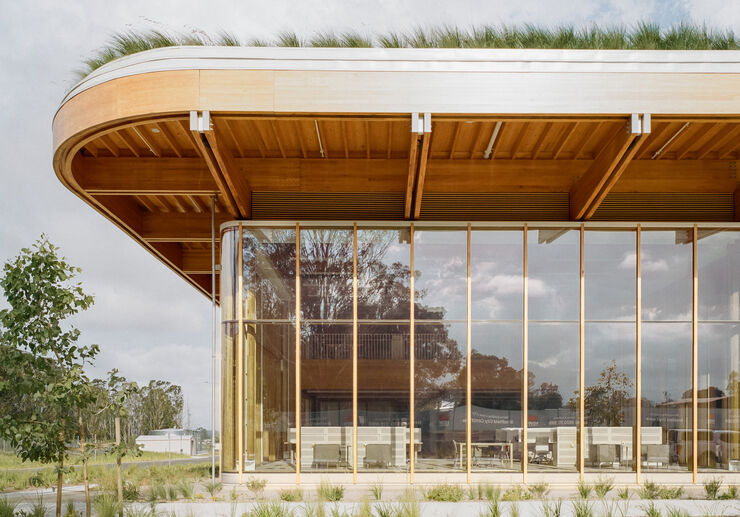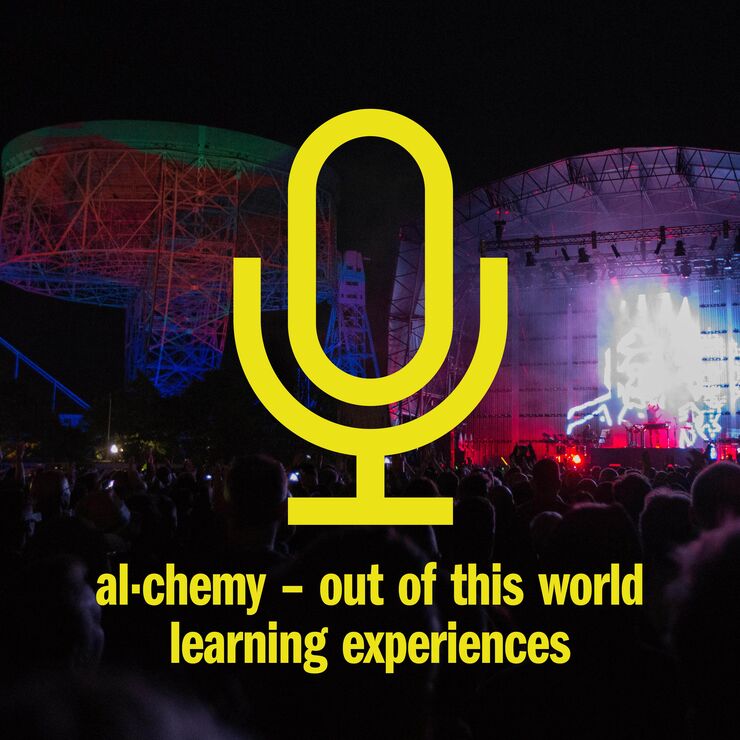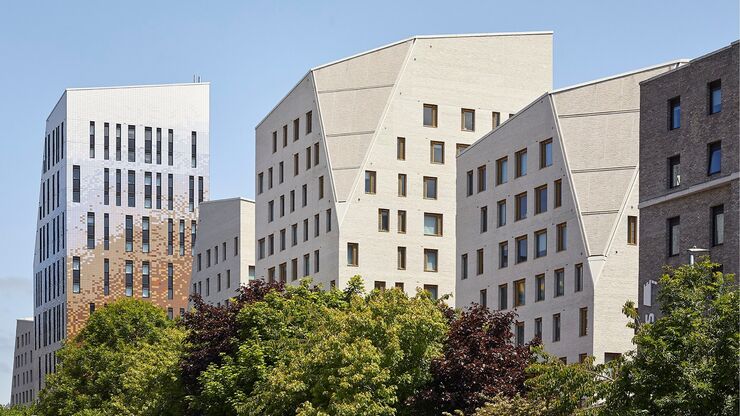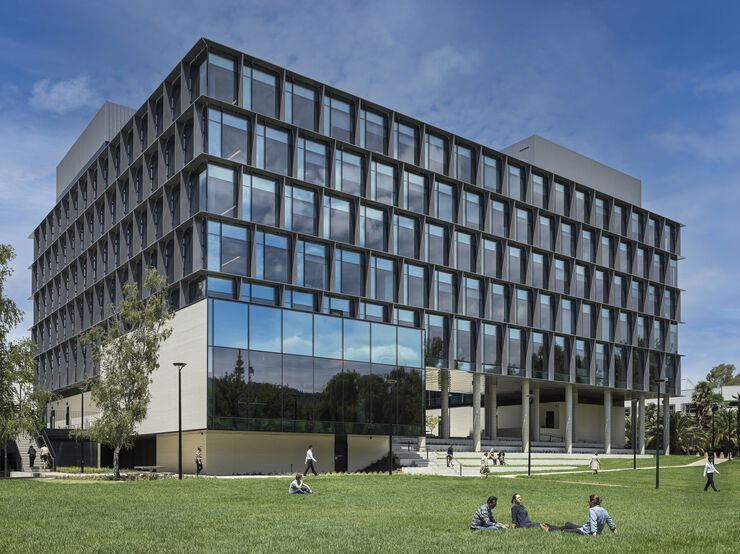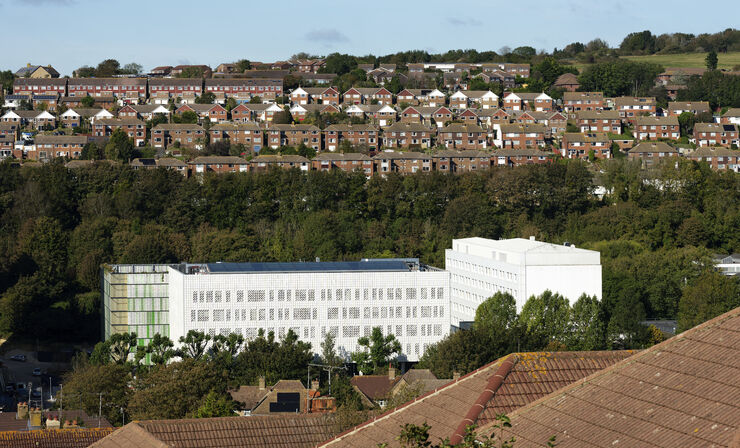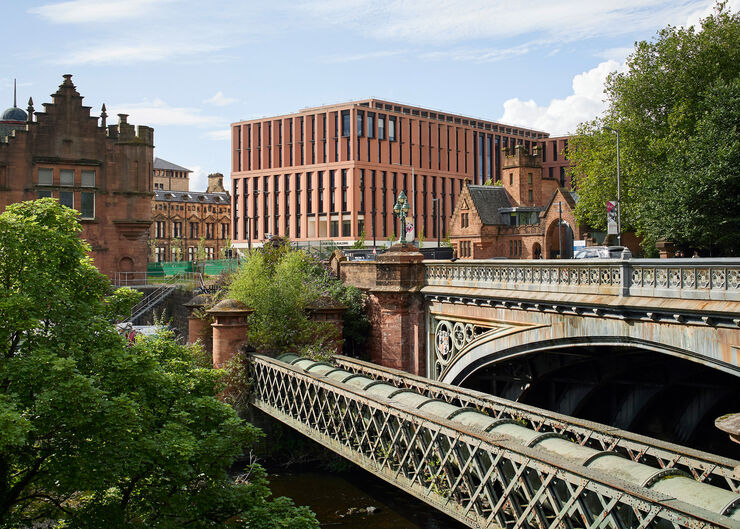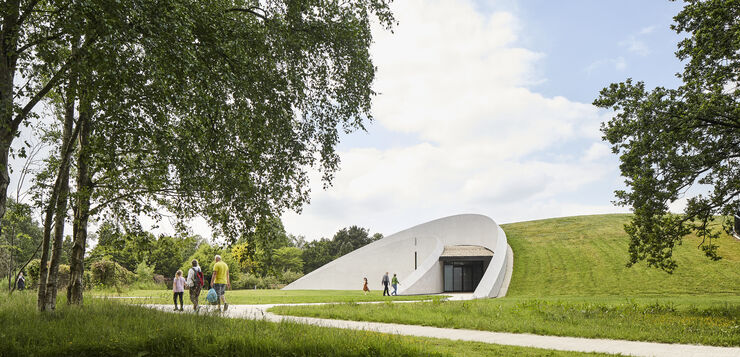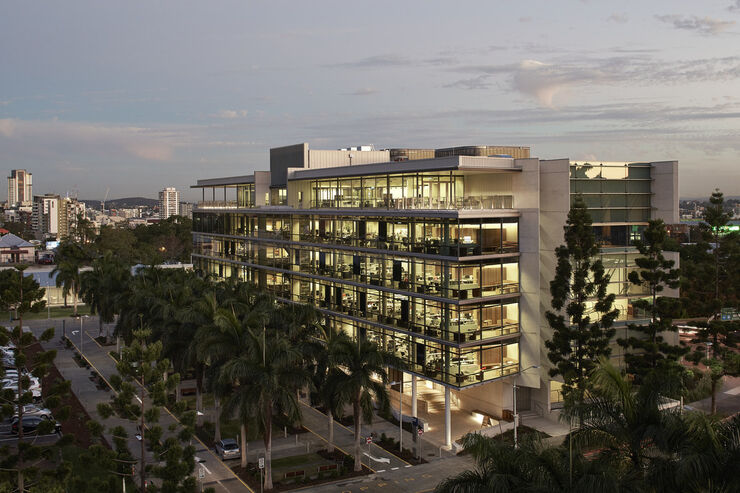Transcript
Michaela Sheahan:
My name’s Michaela Sheahan. I’m a senior researcher at Hassell. I went to university at the University of South Australia. When I was studying in Adelaide, I had recently moved out of home, which was an amazing opportunity for me to get to know a new city and a whole new group of people. I love going to uni so much that I found a job where I could keep going to uni. I spend a lot of time now on campuses talking to students and to staff and to facilities directors about what a campus means to people and how they use it best.
Universities are experiencing fairly significant competition for talent in students and staff. So one of the big questions for universities is how do we provide the best experience we possibly can for the people that we want to come to our university. We think that the student experience can be defined quite broadly, so we look at it from well before a student even enrols in a course all the way through the learning journey and then to the alumni stage. And so that encompasses the students’ perceptions of the university. The brand of the university before they decide to study there. What the campus looks like and how it feels when they spend some time there. But also what type of spaces and technology are available to the student that will enable them to learn up to date, information and techniques in whatever course they’re studying.
You’re about to hear a panel discussion about the most recent research paper from Hassell, which is Snakes and League Table Ladders. The research looks at two things, how the student experience is measured in the student experience surveys and rankings all around the world and how campus facilities influence those rankings. We recorded the panel discussion in our Brisbane studio in front of a group of our clients and university representatives in the higher education sector in Queensland. Andrew Lee is one of our panellists. He’s the Director of Student Affairs from the University of Queensland. He’s speaking with Chris Callander, an Experience Director with global experience design brand FreeState, and joining them is John Holm from the Queensland University of Technology. He’s a space planner and a sociologist. We start with Chris Callandar.
Chris Callander
I found it very interesting that you referred to brand there because the user experience is what’s going to champion the brand moving forward. With the amount of social media and networking and the ease of getting an opinion out there, the students will be championing the brand moving forward. They will have a big say on what it is and controlling that place sentiment will then form what the brand looks like. You can’t always control the brand from a university point of view. It sits with the students to allow them to grow.
Michaela introduces John Holm:
John Holm from the Queensland University of Technology.
John Holm:
It seems to me that brand becomes really interesting then in terms of filtering and making the activities in the spaces meaningful for the different cohorts. Who is it that’s the consumer of the student experience? Obviously the students, I mean, they’re a person, they’re in that space, I think. But also the people who are normally paying for it in the initial, which is parents, they’re obviously consuming something of that experience as well. The employer is consuming some of these things as well. So the idea that you’re getting a student who is graduate, who is work ready, or job capable or whatever the language is, that’s moved on to these days. And that then starts to become really interesting how brand plays out against facilities plays against students’ activities in terms of the way that that student experience contextualise.
It’s not enough to have really good teaching spaces or fantastic informal learning or self-directed learning spaces or hangout spaces, but it’s about how they all work together. My intuition is the reason it has a direct role in attraction is because it’s the one way you can judge whether the institution is vibrant. But then again, that brand thing comes back. You know, walking through Oxford or Cambridge, a lot of those buildings are really old and that the brand then says that’s what you’re expecting. You’re expecting that door that’s been there for a couple of hundred years is the porter who looks like they’ve been there for even longer. If we were delivering our classes in facilities that were several generations old, I suspect students wouldn’t hang around, but it’s because we’re actually modernising our teaching spaces. We’re modernising the way we’re teaching. We’re modernising the way we engage with our students that actually they do retain.
Michaela introduces Andrew Lee:
Andrew Lee from the University of Queensland.
Andrew Lee speaks:
The challenge for us here is one of how far into student life do we want to go? How far should we go? What’s going to make a difference for the students and we’re being mercenary about the university’s strategic targets. Would you put work in there? Would you put family? Would you put home? Would you put comfort spaces? All of those things as well. It has to at least have the basics so that people accept it as a university. If you turn up and there are no buildings with some sort of learning space in it, and then people say, “Hey, actually a minute, I’ve been ripped off here. This is not really a university.” I think it has to have at least that modicum of look and feel that, “Yeah, I trust my choice here and this feels like a university.” It then goes into layers of subtlety around that. So once you have that basic, what are the other priorities in terms of types of space. And again, I think it depends on what organisation you are and what university you are and what students you have.
Michaela comments:
One of the reasons there’s a big focus on student experience at the moment is that there was concern for some time about a loss of students on the campus and that the campus was dead because of online learning. This hasn’t turned out to be the case necessarily, but I think that universities woke up at that time and realised that the campus was a really special place and that it provides a lot of opportunities for the development of soft skills and for social interaction that’s vital to the personal development of students.
John Holm speaks again:
Going to university has always been an experience and it’s always been a transformative experience. It seems that what’s also happening at the moment is we’re returning to graduate attributes and so it’s that, and it’s actually what we want is we want a well rounded person coming out of the system. And that then is seeming to drive some of that is discussion certainly around the way that we work in the classroom and the kind of classrooms that we design, because we’d actually looking to go back and say, how are we going to transform these students through this experience of actually being part of this discussion.
Michaela reflects on her time at University:
When I was at university, we were allocated a space, the design studio that we occupied for very intense periods of time, particularly towards the end of the year, when assignments and models and theses were due. We took over that space, we made it ours and we were comfortable in it. We lived in it. And being able to do what we wanted in that space was really important to us because it made us feel comfortable and it made us feel like we belonged there. And belonging at university is a really critical part of the student experience. If you don’t feel comfortable or you don’t feel that you belong, then you won’t go.
Andrew Lee speaks:
Thank you. You perform at your best when you’re relaxed. Then your strengths really come out and your instincts and all of those really important valuable things. The research on this has been about 50 or 60 years research on this, that all to come back to this very simple equation, which is sense of belonging equals student engagement equals student retention equals student success. And there’s been some strong correlations that have been demonstrated by that research. So everyone, students, universities, everyone, society, funders, et cetera, has an interest in students feeling as though they belong somewhere. And I think the role that student owned space plays in that is pivotal.
Michaela asks a question:
So is there more that universities should be doing to activate spaces or should the building simply be set up to allow students to influence the space, Chris’ Callandar?
Chris Callander:
It’s important that the programme and the activation of events is monitored and changed over time. Like it must evolve over time. We often refer to a Kano model it’s called and they have one of the basic tenants is that they have elements of the delight. Delighters as they call them. And they’re the things that sit over and above an expected experience. But over the course of time, those delighters will become expected within the experience. So you need to be active in making sure that that programme evolves over time in accordance with your user’s experiences. They’ve done it very well in the High Line in New York and everyone always talks about the High Line because it’s the exemplar, but it didn’t go so well at the start, which a lot of people don’t know about with the community around the High Line they weren’t interested in it.
And so they pivoted and they opened it up to let the community come in and tend the garden. So a lot of the gardens along the High Line are looked after by the community around. And that really gave them the sense of belonging, the sense of ownership that John was talking about. And I think that promotes it. It promotes an engagement with the space and that sense of ownership in that sense of pride, that then turns into advocacy. And what we want to do is have the students be advocates of the space because then that elevates it all.
John Holm speaks:
One of the spaces that I think works the best that I’ve seen is UTS’s space, that’s the old Union Building, which is a green sort of learning hub. It’s almost not curated, but the students have taken it on as their own. And what’s really impressive about that is that they look after it better than the spaces that facilities come through and tidy on a two hourly basis. And I think we have to get that balance right, for students on campus.
Michaela Sheahan concludes.
It’s important to have a great campus environment because you spend a lot of time there and you need to be in the right frame of mind to learn and to socialise and to develop those friendships and connections with people that are crucial to learning.
In the research we found that design is absolutely a factor in the student experience and from the many conversations with university staff and with students and with other designers, the things that make up the student experience aren’t necessarily things that can be built, but they are things that can be designed for.
All our research in Hassell is public. It’s downloadable from our website and you can contact me directly as well if you want to.
This is Hassell Talks. I’m Michaela Sheahan. Thanks for listening.

